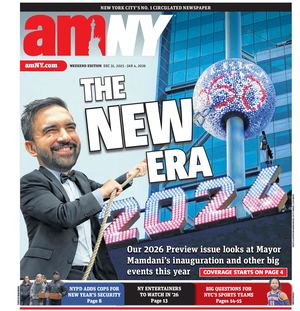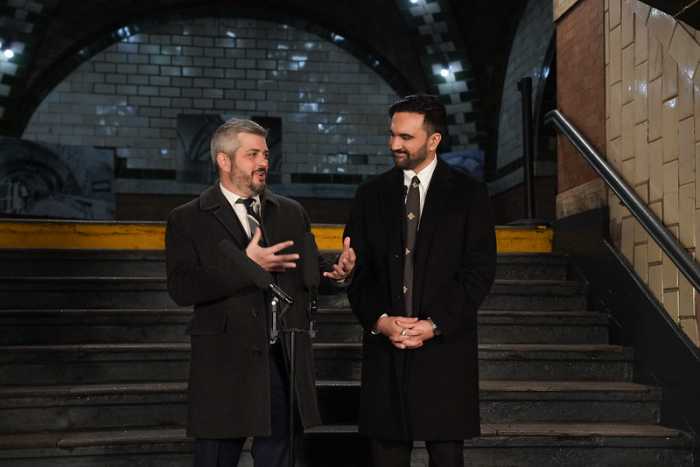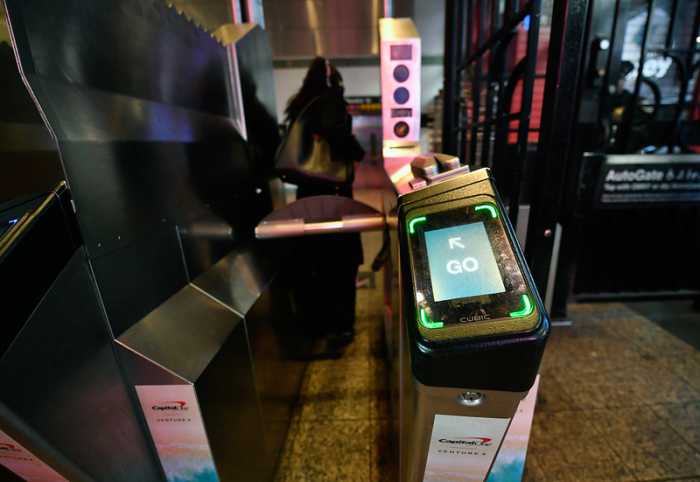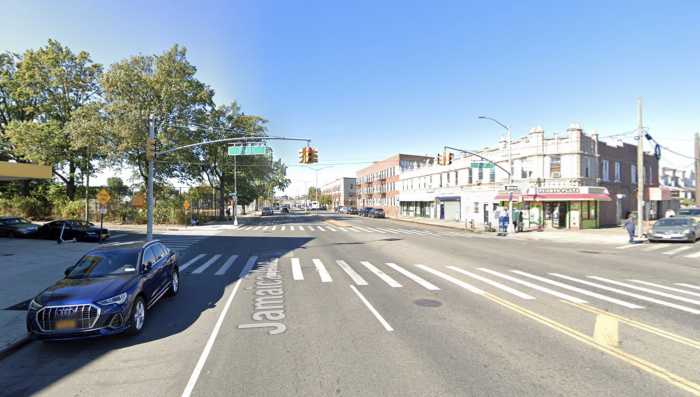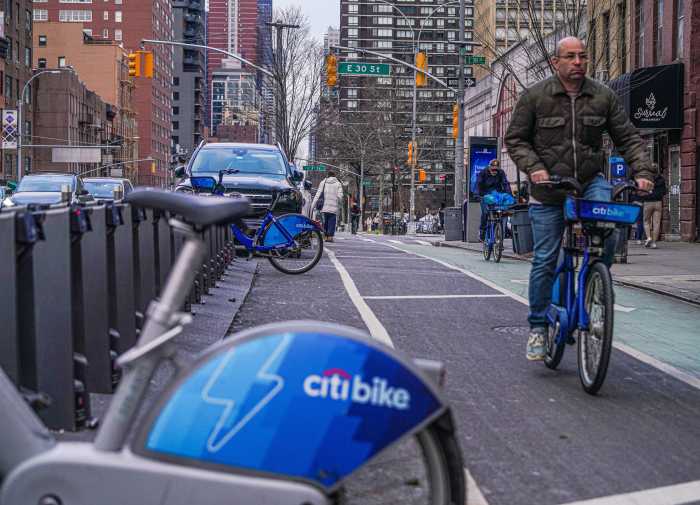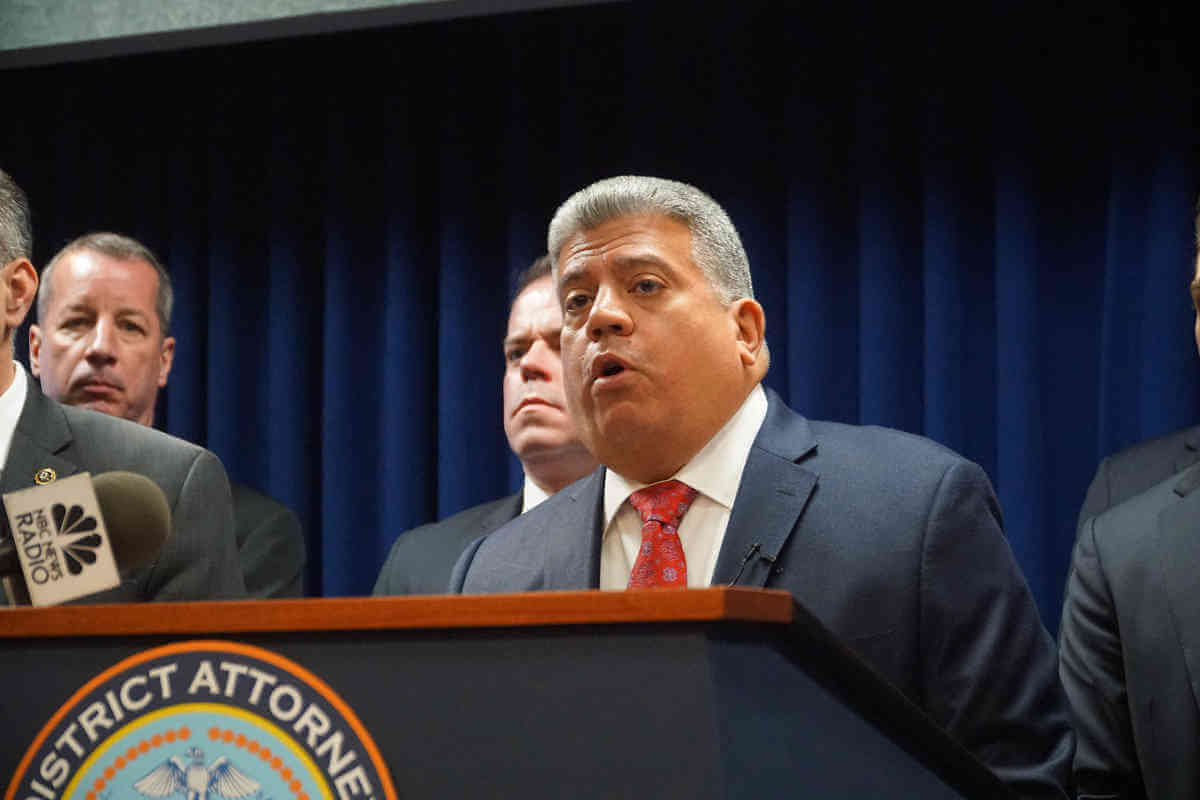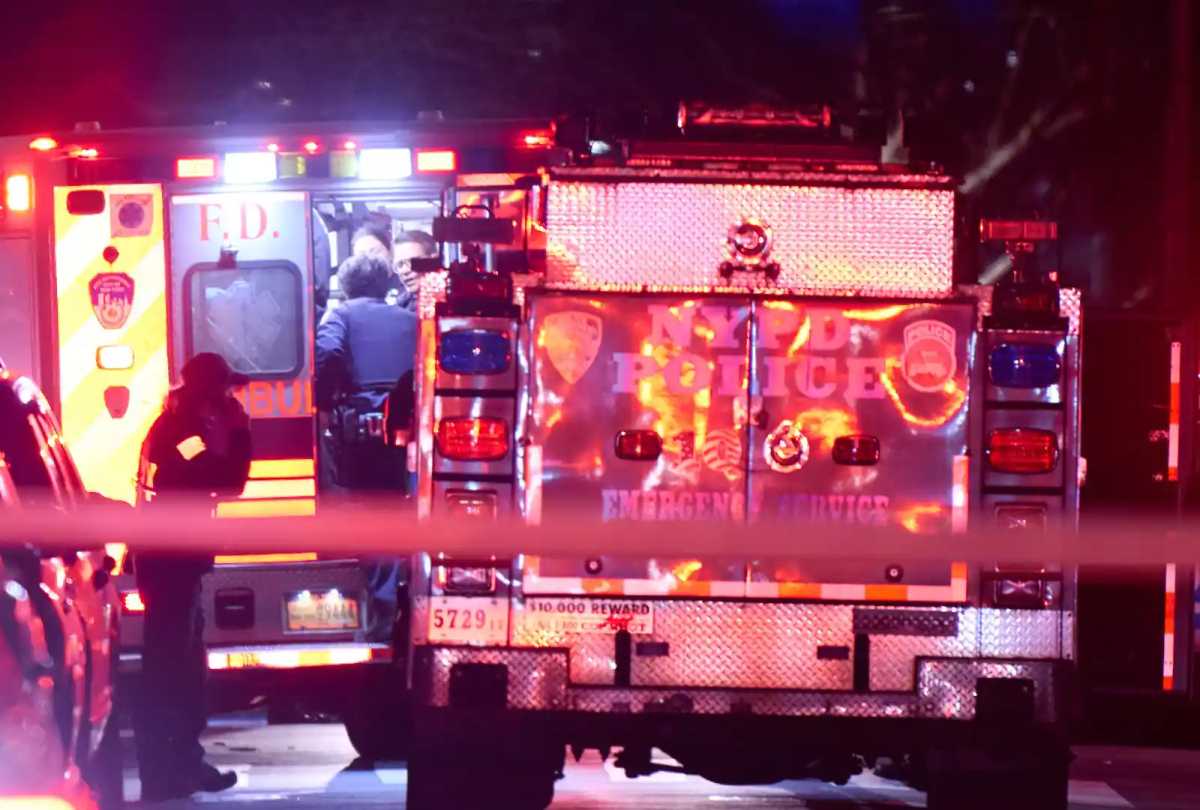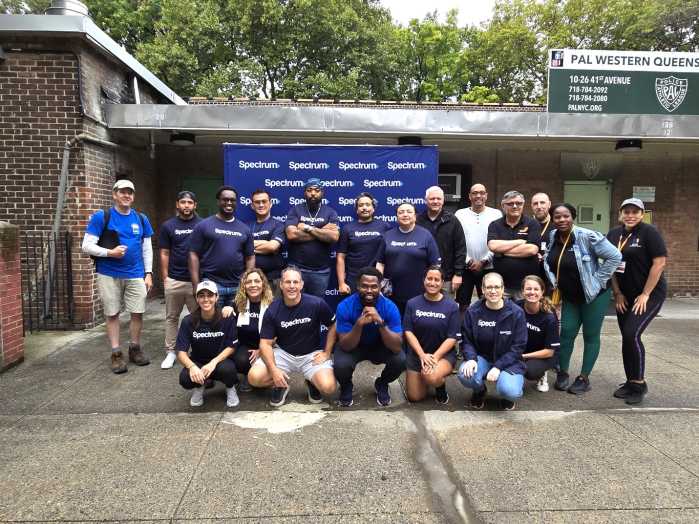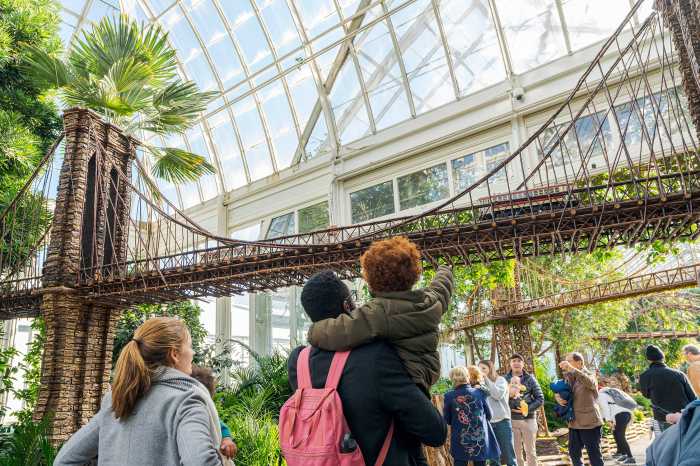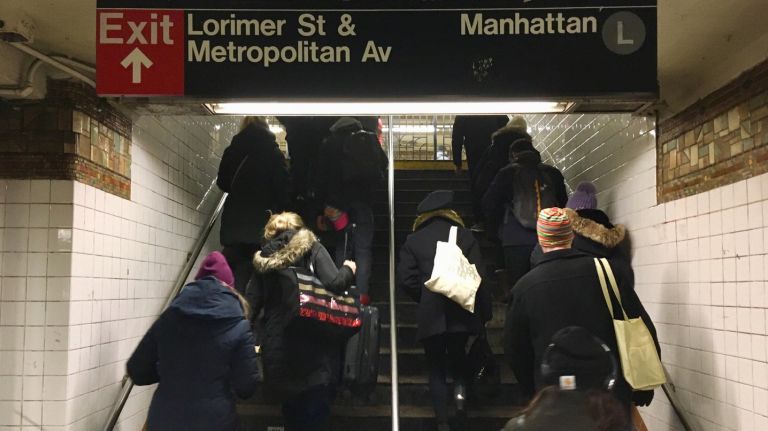
When the L train shutdown hits Brooklyn, most displaced riders are expected to flock to other subway lines. However, elected officials and experts are questioning whether already packed stations can accommodate larger crowds.
There are more than a dozen closed stairways and entrances to stations on or around the L line in Williamsburg, as well as entrance points farther east in Brooklyn — many of which were shut down decades ago because of security issues, when ridership was lower and crime was higher, or as a way to save money by staffing fewer station agents.
With the L shutdown approaching, and after huge growth in surrounding neighborhoods, some of those access points should be reopened to ease the crush of commuters and improve service, experts and elected officials say.
The MTA plans to tackle some of them.
As part of its larger service plan for the 2019 shutdown, which will shutter L service to and through Manhattan, the MTA plans to boost service on nearby lines and reopen several long-closed entrances to Brooklyn stations that are expected to see upticks in ridership: the Metropolitan Avenue and Hewes Avenue stations.
About 225,000 commuters rely on the L each day to get between Brooklyn and Manhattan. Moving that many people on other lines will require more reopenings, according to Councilman Rafael Espinal, who represents neighborhoods including Bushwick, Brownsville and East New York. He’s penned a letter to the MTA, dated Jan. 8, requesting that it also reopen several more closed entrances, including the Halsey Street L station and Gates Avenue, Kosciuszko Street and Chauncey Street stations of the J, M and Z lines.
“This will help cut down travel time for New Yorkers walking to the train station and make sure the entrances aren’t over crowded with the new demand and new density we’re seeing in Bushwick and East New York while also improving the overall quality of live in the neighborhoods,” Espinal said. “We will see L train riders walk from the L train stations over to the J in the outer parts of the borough. This is way for all riders to be treated the same along the J line.”
Shams Tarek, an MTA spokesman, said that in total the agency expects to reopen or expand more than 24 station staircases, though exact details on those plans are unclear. He said the agency will be refining and tweaking its plan in the coming weeks and will consider feedback from upcoming public meetings.
“The MTA is committed to making sure that customers are able to move as easily as possible during the Canarsie Tunnel repairs,” Tarek said in a statement. “Public input from those and other meetings will help inform the final details of the mitigation plans that go into effect in 2019.”
Alan Minor, chairman of the board of directors for Neighbors Allied for Good Growth, described the closures as a “major issue” that has been largely overlooked by the MTA. He said it’s more than just a matter of comfort or convenience; overstuffed bottlenecks in stations complicate train boarding, adding to the time trains are stuck in stations, which can have a ripple effect in slowing down an entire network of trains in the area.
“Basically what’s going to happen is you’re transferring people off of the L to the G and J, M and Z lines, and these lines have a disproportionate amount of closed subway entrances,” Minor said. “So you’re forcing people into stations that are already pretty clogged — but you could remove bottlenecks by providing more access points in and out of stations.”
Minor, who has advocated for reopening subway entrances for at least three years, said there were five more stations in the Williamsburg area that have at least one closed entrance and multiple closed staircases. He believes reopening Flushing Avenue, Broadway, and Metropolitan Avenue on the G line, Lorimer Street and Morgan Avenue on the L line, and Hewes Street on the J/M/Z lines could help as riders scatter during the shutdown.
Minor specifically noted a need to alleviate the crowds in the complex of the Lorimer Street-Metropolitan Avenue stations of the L and G lines and would like to see the MTA add elevator access to the busy hub.
“This is going to be the station complex that’s kind of the literal crossroads of the L train closure in North Brooklyn,” Minor said. “If you look at the passageway where the transfer is between the L and the G. it’s already crazy during rush hours and it’s going to be even crazier when you have a few thousands of more people in there.”
At popular stations, where every inch of platform space is valuable, riders said reopening the stations would be critical not just for the shutdown but for daily commuting right now.
“During rush hour it can get so congested that it’s dangerous,” said Denise Creer, 50, of Bushwick, who commutes to Manhattan from the Gates Avenue station. “You’re surprised no one gets hurt in the morning.”
Anna Rivera, 20, also from Bushwick, said she’s had to pass by the closed entrances to Gates Avenue every day for as long as she could remember.
“That side’s actually closer to my house, so it would help to just walk up there,” said Rivera, who fears her commute on the J line will only get worse during the L closure. “There are already so many delays … but I see lots of train traffic, and lots more delays.”
